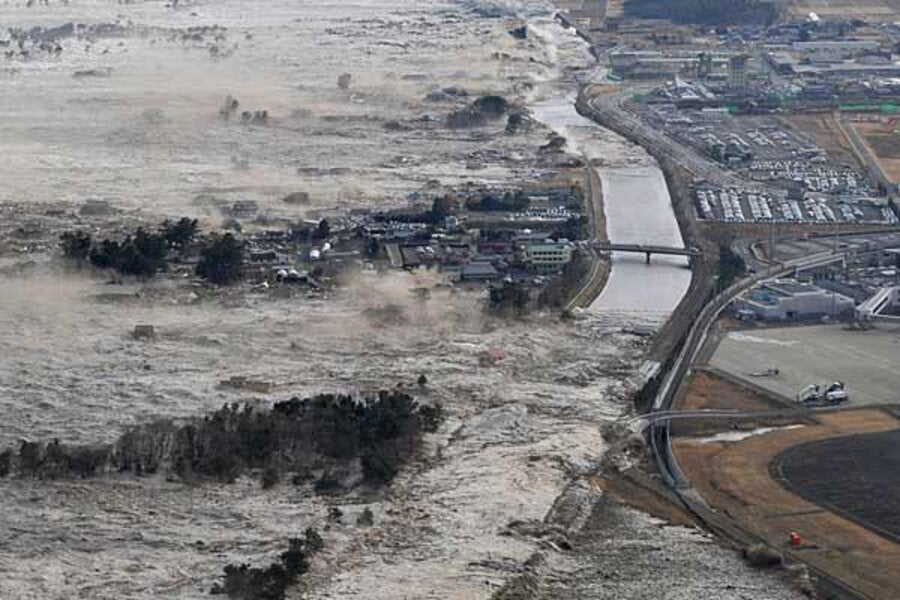Now, scientists are a curious bunch, and they're always looking to learn more. So, they rolled up their sleeves and dove into the data. One of the first things they realized was that they had underestimated the potential for such a large quake in that area. The Tohoku region wasn't expected to produce an earthquake quite that big. This was a wake-up call to re-evaluate seismic risks in other parts of the world where we might be making the same underestimations.
Then there's the tsunami. This event was a stark reminder of how tsunamis can be far more destructive than the earthquakes that spawn them. The waves traveled across the Pacific, causing damage as far away as California. Scientists studied the speed, spread, and impact of the waves to improve their models for how tsunamis propagate. This is super important for coastal regions everywhere because it helps with evacuation planning and could save a lot of lives in the future.
The earthquake also gave geologists an unprecedented peek into how faults slip during megaquakes. The Japan Trench, where this quake occurred, is a subduction zone, where one of Earth's tectonic plates dives under another. The force of the quake was so strong that it actually moved the seafloor by several meters. This kind of info is gold for scientists because it helps them understand the forces at work in these colossal natural events.
Another thing that came out of this was a look into how buildings and infrastructure hold up against such forces. Japan is no stranger to earthquakes, and they've got some of the best engineering practices in the world to make buildings earthquake-resistant. But the Tohoku earthquake's strength and the tsunami that followed were beyond what many structures were designed to handle. Researchers have been using this as a case study to improve building codes and designs, not just in Japan but everywhere.
And let's not forget about nuclear safety. The Fukushima Daiichi nuclear disaster, which was a direct result of the tsunami, has had a huge impact on how we think about the safety of nuclear power plants. The plant's defenses were overwhelmed by the tsunami, leading to meltdowns in three reactors. This has pushed scientists and engineers to rethink how we protect these facilities from natural catastrophes.
The disaster also gave a boost to the development of early warning systems. Japan's system did save lives by giving people a precious few seconds to brace themselves before the quake hit. But the tsunami warnings were less successful, partly because the waves came so quickly after the quake. There's been a lot of work done since then to improve these systems, making sure people have as much time as possible to get to safety.
Ecologically speaking, the tsunami swept millions of tons of debris into the ocean, creating a huge floating trash island. As it drifted across the Pacific, it became a moving laboratory for scientists studying how ecosystems respond to invasive species – because that's what this debris became, a raft for organisms hitching a ride across the ocean.
Lastly, the human aspect. The disaster has been a case study in disaster management and response. It's one thing to have the technology and the systems in place, but it's another to manage the human side of things – the evacuations, the emergency responses, the rebuilding efforts. There's been a lot of analysis on how things were handled and how we can do better in the future.
So, while the 2011 Tohoku earthquake and tsunami were tragic events, with over 15,000 lives lost, they also provided a wealth of information. The scientific community has been working hard to learn from it, to understand our planet better, and to improve our preparedness for when, not if, something like this happens again. It's a sobering reminder of the power of nature, but also a testament to human resilience and our never-ending quest to learn and adapt.


